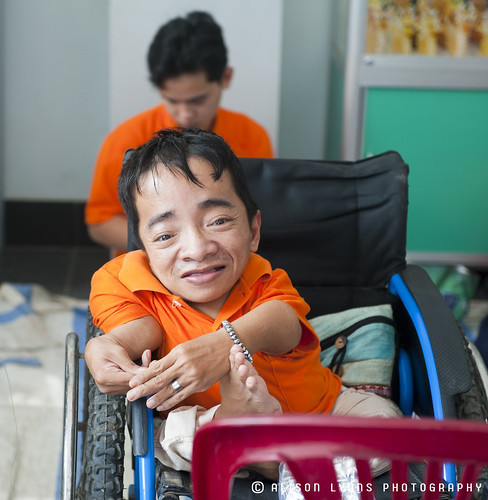The Remnants of War
Remnants plural of rem·nant (Noun)
1. A small remaining quantity of something.
2. Something left over; a remainder.
3. A surviving trace or vestige.
4. A small surviving group of people. Often used in the plural.
The War Remnants Museum is a must-see destination in Saigon. To quote Lonely
Planet “there are few museums in the world that drive home so well the point
that war is horribly brutal and many of its victims are civilians”.
The films, photos and other items on display document atrocities committed by
American, Chinese and French soldiers in grim detail. Events told from the
Vietnamese perspective are both moving and thought provoking. Even those who
supported “The American War”, as it is referred to in Vietnam, would have
difficulty remaining unaffected by the photographs of children suffering
the effects of US bombing and Napalm.
I think this is a good place to start our trip to Vietnam, to set the scene and form a backdrop;
and to provide perspective to all that we will witness in the days ahead.
The museum pulls no punches. There are glass jars with deformed fetuses
preserved in formaldehyde, the ongoing result of agent orange; explicit
photos of horrendous injuries; there is an entire room dedicated to the many
journalists from fifteen nations who were killed while attempting to
document the war around them; one room houses a guillotine used by the
French on the Viet Mihn “troublemakers”. In the background there is
“happy music” playing, inconsistent with the images of war.
Outside the main building the courtyard is dotted with military vehicles,
tanks, helicopters and planes. It is cool inside the main museum building,
despite the intense humidity outside.
There is a somberness to the exhibits. We split up, each of us taking our
own journey through the museum. It is overwhelming and confronting. We feel
discomfort looking at the images, but it is nothing compared to the
atrocities suffered by the victims whose haunting eyes look back at us over
time. I wonder how some of them continued to live.
A separate room displays a photographic essay of babies with hideous
deformities. I am at once fascinated and abhorred by what I see. The images
are grotesque, surreal ...the stuff of horror movies, not real life.
I find Stan across the hallway, he has tears in his eyes. We just look at
each other for a few moments. I am lost for words. Stan mentions the band
and I realize that the incongruous happy music that has been playing is
actually being performed live. In the corner of the room, there is a hapless
band of players. Dressed in orange T-shirts, they are the real life
remnants of the war. Young adults who carry the legacy of chemical warfare
in a war fought before they were born. A couple of them are in wheelchairs,
diminutive and deformed, the amputees sit on the floor making
bracelets out of coloured beads. A young man is collecting money for charity
and is especially insistent that we sign our names in the register. I feel
an uncontrollable sadness.
I ask if it is OK to take a photo, I feel awkward
and ashamed of what “we”, the west, have done, although I was only a little
girl when the war was being fought. I want to record what I am seeing to
share with my friends and family. This is a part of the war that we don’t
see on the sanitized documentaries we watch at home on our giant plasma TVs.
I need to be able to share this moment without feeling the guilt of exploitation.
My motive is pure. I raise the camera to take the photo and the tiny man in the
wheelchair smiles warmly at me. I notice he has laugh lines at the corner of his eyes.
My heart melts. For all he knows, we could be Americans. Yet he smiles at me.
I want to look at each of the band members and study their deformities, but it is too hard.
I feel embarrassed at my inability to deal with what I am seeing.
I remember a quote by Daniel Ellsberg from the documentary “Hearts and
Minds”... “We weren’t on the wrong side in Vietnam, we WERE the wrong side.”
Stan is standing next to me, he speaks and his voice cracks. “The
keyboard player”, he says “he has no eyes”. I look across, the keyboard
player is not just blind, there is only skin where his eyes should have been.
He is playing a happy up-beat tune, I wonder if he feels as optimistic as the music he is playing.
I leave some more money. How could it be enough.
We slip out into the sunshine, and the hubbub that is Ho Chi Mihn’s city.
I can’t stop thinking about the man with no eyes.
